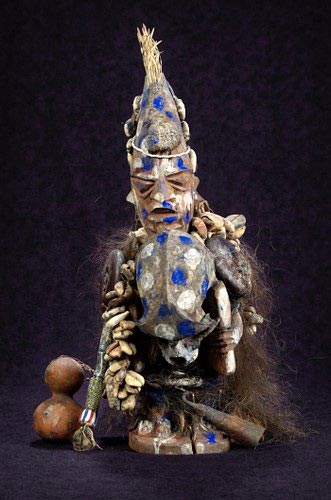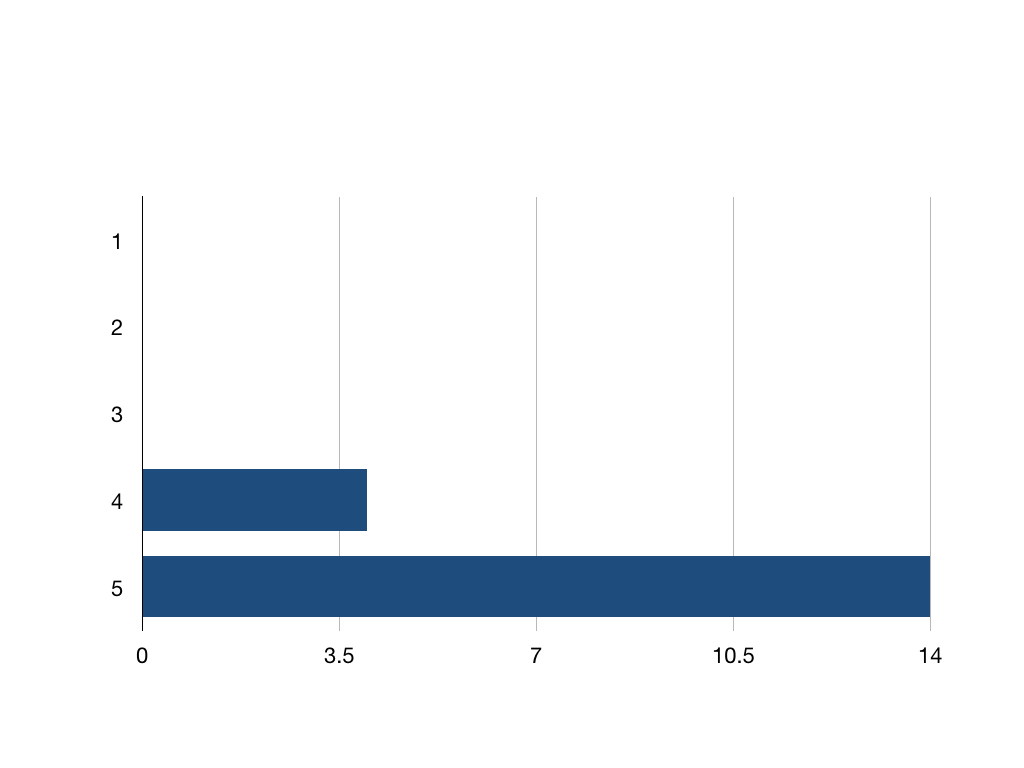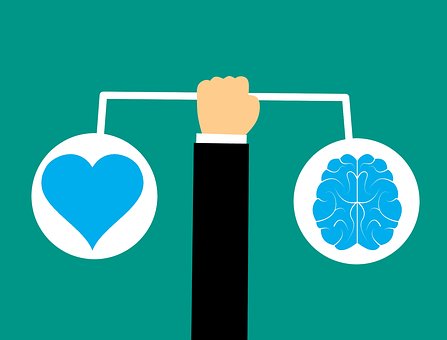Case reports are nothing new. We’ve all told colleagues about interesting cases we’ve seen. I’ve presented a couple at RCEM. They tend to focus on the weird and wonderful, cases with surprising twists and turns but with actual limited learning. That’s why case reports are at the bottom of the table when it comes to levels of evidence. However, one in particular could be said to have marked a turning point in modern medical practice.
The Morbidity and Mortality Weekly Report (MMWR) has been published weekly by the Centre for Disease Control and Prevention (CDC) since 1950. Each week they release public health information, possible exposures, outbreaks and other health risks for health workers to be aware of. One case report in particular stands out out of all of their back catalogue. It was written by various doctors from the University of California, Los Angeles and Cedars-Mt Sinai Hospital, Los Angeles. It was published on June 5th 1981:
The MMWR June 5th 1981
Reported by MS Gottlieb, MD, HM Schanker, MD, PT Fan, MD, A Saxon, MD, JD Weisman, DO, Div of Clinical Immunology-Allergy, Dept of Medicine, UCLA School of Medicine; I Pozalski, MD, Cedars-Mt. Sinai Hospital, Los Angeles; Field Services Div, Epidemiology Program Office, CDC.
Pneumocystis Pneumonia (PCP) is a rare form of pneumonia caused by the yeast like fungus Pneumocystis jiroveci. The fungus can live in the lungs of healthy people without causing any problems so to see it in 5 otherwise healthy young (the oldest was 36) people was odd.
Less than a month later the MMWR published further cases of PCP as well as Kaposi sarcoma in 26 previously well homosexual men in Los Angeles and New York since 1978. Kaposi sarcoma is very rare form of cancer previously seen usually in older men of Jewish/Mediterranean descent. Again it was virtually unheard of it in young men. It was suspected that something was affecting their immune systems preventing them from fighting off infections and malignancy.
At the time there were many theories as to what was causing the immune systems of patients to shut down. It was felt that it was linked to the ‘gay lifestyle’ in some way leading to the stigmatising description in the media of GRID (Gay-related immunodeficiency) first used in 1982. By 1983 the disease was linked also to injecting drug users, haemophiliacs who’d received blood products and Haitians. This led to another stigmatising phrase ‘the 4H club’ (Homosexuals, Heroin addicts, Haemophiliacs and Haitians).
In 1982 however, the CDC had actually given it a proper name: ‘Acquired Immune Deficiency Syndome’ or ‘AIDS’.
The fact it was being transmitted to blood product recipients suggested the cause had to be viral as only a virus could pass the filtration process. In 1983 two rival teams, one American and one French, both announced they had found the virus causing AIDS with ongoing debate as to who got there first. Each team gave it a different name. In 1985 a third one was chosen: ‘Human Immunodeficiency Virus’ or ‘HIV’. By that time the virus had spread not just in America but in Canada, South America, Australia, China, the Middle East and Europe. Since 1981 worldwide more than 70 million people have been infected with the HIV virus and about 35 million people have died of AIDS.
The MMWR of 5th June 1981 is now recognised both as the beginning of the HIV/AIDS pandemic and as the first publication of HIV/AIDS. Although only a case report it shows the value of these publications at the front line. Only by recording and publishing the ‘weird and wonderful’ can we start to share practice, appreciate patterns and spot emergent diseases.
Thanks for reading
- Jamie



















































